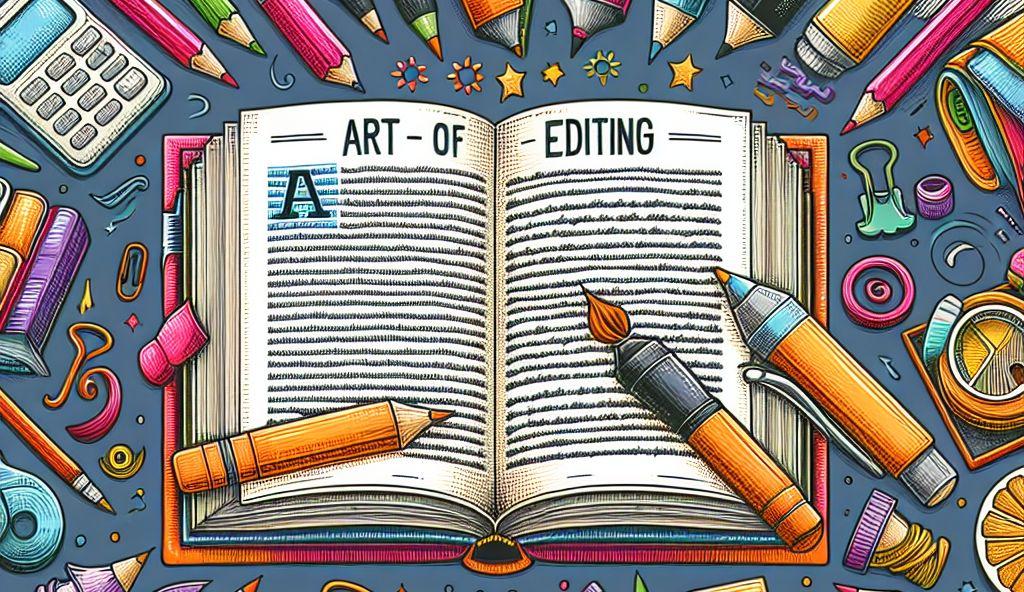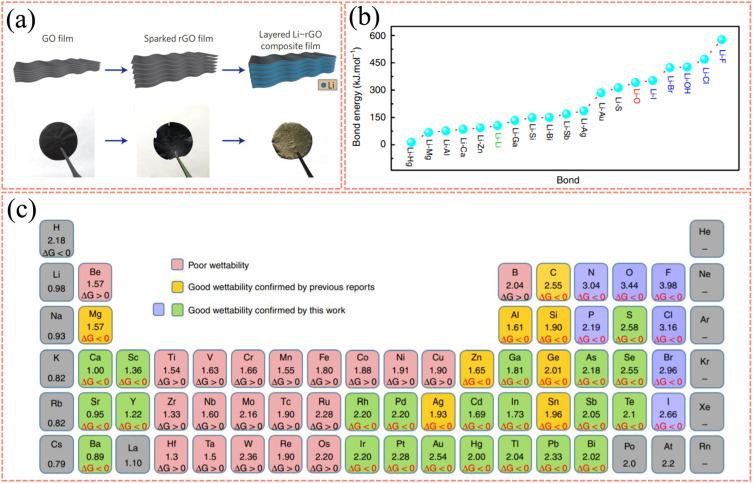Índice
Mastering Editing Like a Pro: Your Comprehensive Guide to Becoming an Advanced Editor
In a world where the written word holds immense power, the art of editing stands as a crucial pillar supporting clear communication and impactful storytelling. Whether you’re refining a novel, polishing a business report, or curating content for a blog, editing demands not just skill but also an eye for detail and a deep understanding of language nuances. This article delves into the multifaceted realm of editing, offering a roadmap for aspiring editors to elevate their craft to an advanced level. From grasping the fundamental principles of grammar and style to exploring sophisticated editing techniques and tools, this guide is designed to empower you with the knowledge and confidence to dominate the editing process like a professional. So, whether you’re an experienced editor looking to sharpen your skills or a novice eager to embark on this rewarding journey, prepare to transform your approach to editing and unlock your full potential.
Mastering the Art of Editing: Essential Skills for Advanced Editors
Editing is not just about correcting grammar or punctuation; it is a delicate dance of enhancing narrative flow and sharpening ideas. To excel as an advanced editor, one must develop an eye for detail and an understanding of context. This entails being able to identify the heart of a story, recognizing what adds value, and knowing when to trim the excess. Advanced editors should master techniques such as structural editing, which looks at the organization of ideas; copy editing, which focuses on clarity and conformity; and content editing, which evaluates the substance and relevance of the material.
Furthermore, understanding different editing styles can significantly elevate your proficiency. Familiarity with various editing software and platforms is crucial, allowing editors to work efficiently in any environment. Here are some essential skills to cultivate:
- Effective communication: Collaborate with writers and stakeholders to ensure clarity of vision.
- Critical thinking: Analyze content critically and make decisions based on the audience’s needs.
- Technical know-how: Utilize editing tools like track changes, style guides, and formatting techniques.
- Adaptability: Stay flexible in tackling different styles, genres, and platforms.

Navigating the Editing Process: Techniques for Enhanced Workflow
Editing requires not just a keen eye for detail, but also a streamlined process to enhance overall productivity. One of the most effective techniques is to develop a consistent workflow. This involves creating a checklist for each project, categorizing tasks to minimize distraction. Implementing a structured approach allows editors to manage their time efficiently, ensuring that nothing slips through the cracks. Some recommended steps for refining your workflow include:
- Pre-editing preparation: Familiarize yourself with the content and its context.
- Chunking tasks: Break the editing process into manageable sections, such as grammar checks, consistency reviews, and formatting.
- Use of editing software: Leverage tools that assist in tracking changes and providing suggestions.
- Regular breaks: Schedule short intervals to step away and refresh your perspective.
Incorporating collaboration tools can also significantly enhance the editing process. These tools allow multiple stakeholders to provide feedback, fostering a creative environment that leads to better outcomes. Utilizing real-time editing platforms can facilitate smoother communication and quicker revisions. Here’s a simple overview of some popular tools that can enhance your editing workflow:
| Tool | Features |
|---|---|
| Google Docs | Real-time collaboration, comment tracking, and version history. |
| Trello | Organizes tasks visually, allowing for easy tracking and prioritization. |
| Grammarly | Grammar and readability checks with suggestions for improvement. |

The Power of Feedback: Cultivating Collaboration with Authors
Effective collaboration between editors and authors hinges on the insightful exchange of feedback. When editors provide constructive criticism, it not only enhances the quality of the written work but also builds a trusting relationship with authors. By embracing open communication, editors can cultivate an environment where creative ideas flourish. Here are some key aspects to focus on for facilitating this exchange:
- Active Listening: Pay attention to authors’ perspectives.
- Specific Feedback: Offer precise suggestions rather than vague comments.
- Timely Responses: Provide feedback promptly to maintain momentum.
- Encouragement: Recognize strengths, not just areas for improvement.
Moreover, integrating a structured system for feedback can streamline the editing process. Creating a feedback table can help organize comments clearly and efficiently, ensuring both parties can track changes and suggestions effectively. Here’s a simple example:
| Feedback Area | Editor Comments | Author Response |
|---|---|---|
| Plot Development | Consider adding more tension in Chapter 2. | Agreed, I will revise that section. |
| Characterization | Elaborate on the protagonist’s backstory. | Working on enriching that aspect. |
| Stylistic Choices | Great use of imagery! A few sentences could be tightened. | Thanks! I’ll refine those sentences. |

Building a Toolset: Software and Resources for the Modern Editor
In today’s fast-paced digital landscape, equipping oneself with the right tools is essential for any editor aiming to elevate their craft. A robust software suite can streamline workflows, enhance productivity, and improve the overall quality of work. Consider integrating editing software like Adobe Premiere Pro or Final Cut Pro for video content, and tools like Avid Media Composer for a more professional edge. For text-based editing, platforms such as Grammarly or Hemingway Editor can significantly aid in refining grammar and style, ensuring clarity in your writing. Additionally, cloud-based solutions like Google Docs facilitate real-time collaboration, making it easier to share ideas and feedback with peers or clients.
Beyond conventional software, leveraging the right resources can empower editors to stay ahead in this competitive field. Online platforms such as Skillshare or MasterClass offer courses on advanced editing techniques, while communities on Reddit and Facebook provide a space for networking and exchanging knowledge. For those who prefer structured learning, consider attending workshops or conferences that focus on emerging trends in editing and media production. Below is a simplified table to summarize essential tools and resources that editors should consider:
| Category | Tools/Resources |
|---|---|
| Editing Software | Adobe Premiere Pro, Final Cut Pro, Avid Media Composer |
| Writing Assistance | Grammarly, Hemingway Editor |
| Collaboration Tools | Google Docs, Trello |
| Online Learning | Skillshare, MasterClass |
| Networking | Reddit, Facebook Groups |
To Conclude
mastering the art of editing is more than just a skill; it’s a journey that unfolds with every project you undertake. As you delve into the intricacies of storytelling, pacing, and clarity, remember that each edit is a brushstroke on the canvas of your narrative. With the insights and techniques from this comprehensive guide, you are now equipped to elevate your editing skills to a professional level.
Embrace the learning process, experiment with your unique style, and never hesitate to explore the endless possibilities that lie beyond the conventional. Your path to becoming an advanced editor is not just about refining your craft but also about embracing your voice in the world of storytelling. As you continue to hone your abilities, remember that great editors are not born overnight but are cultivated through dedication and passion. So, step confidently into your next editing venture, and let your mark as a professional editor shine through every piece you touch. Happy editing!
